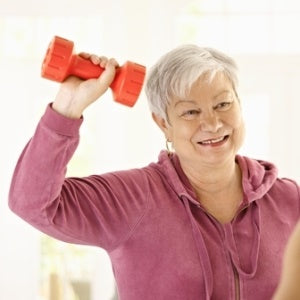According to the report, around 36,500 Americans aged 65 and over died from a fall-related injury in 2020. This was an increase from around 10,100 deaths in 1999.
When adjusted for age, those figures equated to a more than twofold increase in the risk of fall-related deaths among older Americans, from 29 per 100,000 in 1999 to 69 per 100,000 in 2020.
Falls are the biggest cause of injury mortality among older Americans, and the situation is becoming worse.
According to researcher Alexis Santos-Lozada, an assistant professor of human development and family studies at Pennsylvania State University, the new findings highlight this and demonstrate that no group is unaffected.
He discovered that fall-related deaths more than doubled among both men and women. White older adults had the highest fall death rate and the greatest increase across racial and ethnic groups, reaching 78 fatalities per 100,000 in 2020.
Death rates among Black elders, Hispanic seniors, Asian seniors, and Native Americans also increased.
"Every group is moving in the same direction," Santos-Lozada explained. "That's very concerning."
Nonetheless, he adds, "fall prevention is not something we talk about a lot."
This is despite the fact that falls have a significant health impact in addition to the deaths they cause.
"Fall deaths are just the tip of the iceberg," said Jennifer Tripken, associate director of the National Council on Aging's Center of Healthy Aging.
She claims that far more older Americans fall each year, many of whom do not tell their doctor unless an accident drives them to seek treatment.
According to the Centers for Disease Control and Prevention, over one-quarter of all older Americans fall each year. Approximately 3 million people visit the emergency room, and over 800,000 are hospitalized, most often for a brain injury or a broken hip.
According to the CDC, this equates to nearly $50 billion in medical costs per year.
The new study, which was published as a research letter in the Journal of the American Medical Association on May 9, is unable to pinpoint the causes of the growing death rate. Santos-Lozada examined national data on death rates from the CDC's online platform, which gives limited information based on death certificates.
However, Tripken, who was not engaged in the study, believes that there are broad trends that are likely factors.
For one thing, she says, more older persons are surviving catastrophic medical diseases like heart attack and stroke, which is a good thing. However, living with the aftereffects of those disorders can put people at risk of falling.
Another problem, according to Tripken, is that many older persons now take many drugs, some of which might produce dizziness or other adverse effects that contribute to falls.
The CDC suggests that older persons ask their doctor or pharmacist to evaluate their prescriptions (including over-the-counter medications) to see if any may raise their risk of falling.
It's also critical for older persons to have their eyesight and hearing evaluated on a regular basis, according to Tripken, because both are risk factors for falls.
Other research indicates that many older persons fall in medical or long-term care facilities, according to Santos-Lozada. However, a substantial and growing proportion occurs at home, according to him.
Tripken stated that older adults and families can make their homes safer by installing grab bars in bathrooms, removing small throw rugs and other trip and slip hazards, installing handrails on both sides of staircases, and making sure the house is well-lit.
Tripken suggested that if feasible, older people and their families consult with an occupational therapist – health specialists who, among other things, can come to the home and recommend safety improvements.



